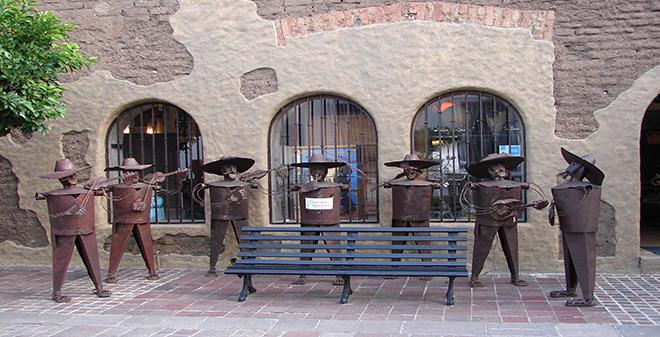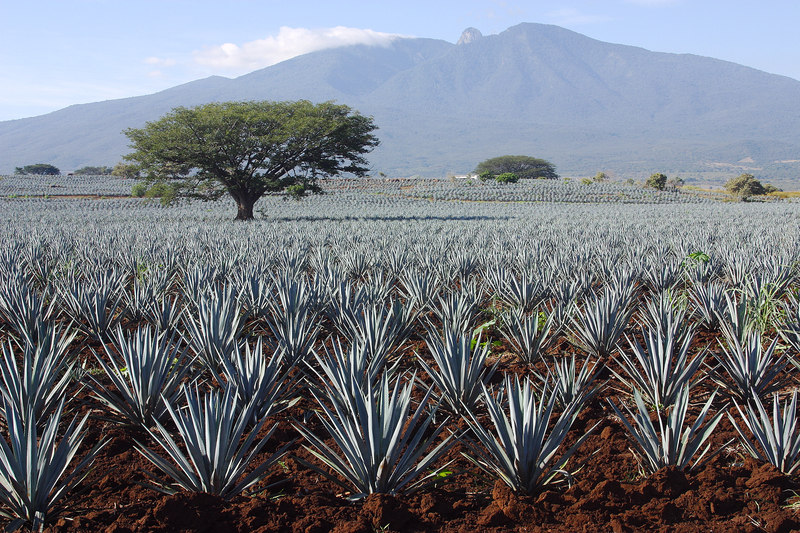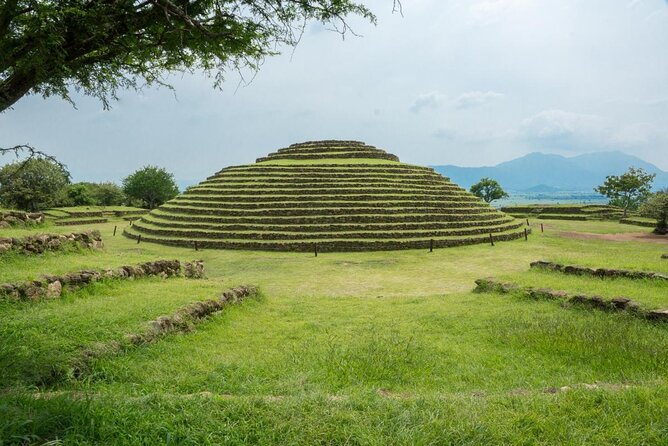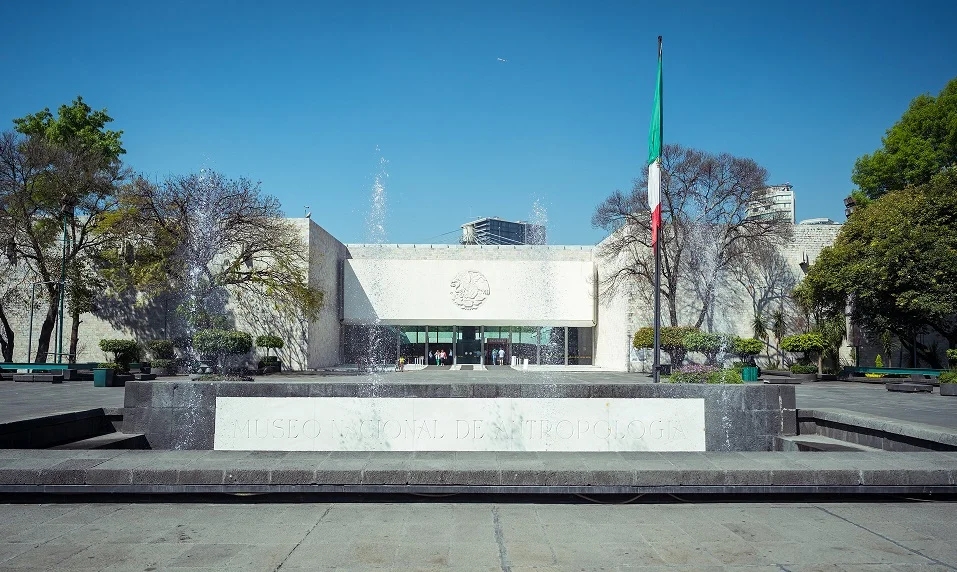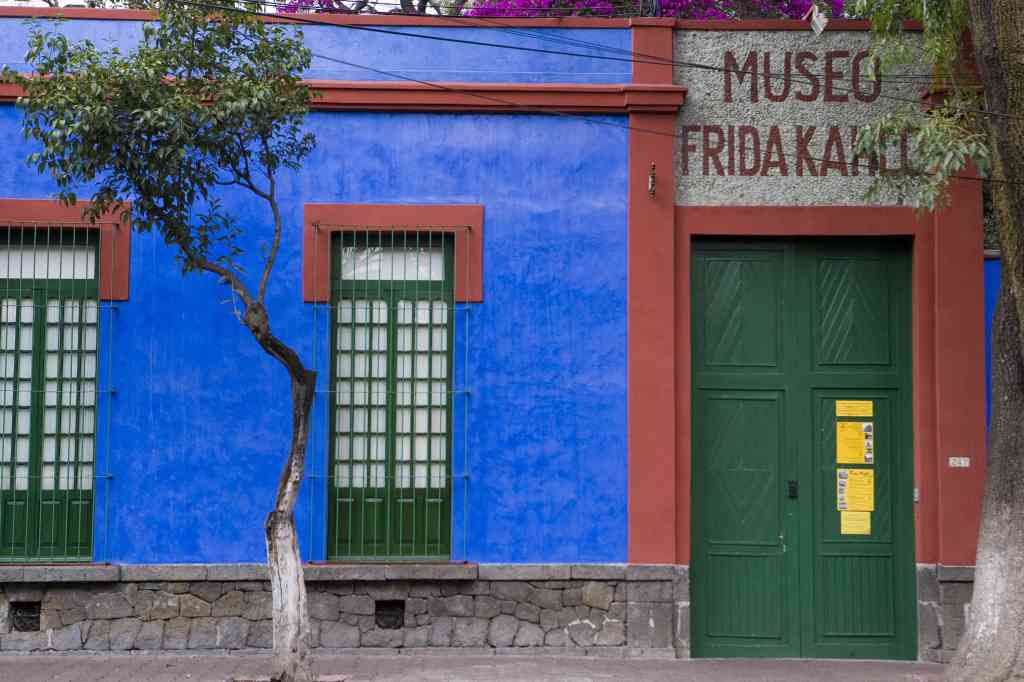Hello, I am Violette and the aim of my word press work is to show that despite all the negative stereotypes we have heard about South America, this continent has a lot more to offer. Indeed, being French, so European, whether it was in school, in daily life, the television or on social medias, I have always been told that this part of the world was extremely dangerous, and there was nothing of interest there, except drugs, violence, or guns. If you go to Paris and ask a random person “when you think about south America, was the first word that comes in your mind”, I am quite sure he would answer drug cartel. Because, yes, this is the only aspect of South America that we show. Around me, many are those who travelled in many countries, but none of them have been in any south America country. Why ? because they believe that this place has nothing to offer.
A few years ago, I had the same opinion as most European, I thought that south America was full of people like Pablo Escobar, and there would be no point in going there, except being killed. However, I started to become interested about the real history of south America, with the natives, colonization, the slavery, its culture, and political systems. It has now been two years since I began studying the cultures of Latin American countries, and I am confident in saying that yes, South America has a lot of potential. But, due to the consequences of the dominance of northern countries over the south, these northern states contribute to the prevailing belief that south America is a terrible place.
I want to prove, through my work on word press, that this part of the world is full of culture, history, and art, and South America should not be considered as an uninteresting place anymore.
So, the topics related to my work are the first topic : Latin America and The Caribbean as part of the global south, and the Seventh topic : Social Inequality, resistance and guerilla movements.
Indeed, as I mentioned it before, due to colonization, Latin America , but also Africa which is part of the global south are two places despised by many. I mention Africa because due to colonization, France is a country with a lot of people coming from Africa (mainly from the previous French colonies like Mali, or Algeria), and Africa has always been depicted as a very dangerous place. Many believe that Africa’s current political systems, education, and infrastructure, such as roads and schools, owe their development to the settlers who are seen as saviors. And I feel that this feeling is the same for South America. I want to show that due to the dominance of the northern countries, Africa and South America has always been considered as being dependent and terrible places.
Following this, my main question would be : How, despite the dominance of northern countries, South America managed to have his proper identity with its proper culture, food, and art. And what caused the countries of the south of America to stay in a state of poverty and dependance ?
So, my WordPress would be composed of 5 posts, each post will be about a country.
I started from Mexico, then my next posts would be about El Salvador, Colombia, Ecuador and then the last one about Peru. For each country, I will describe what I liked the most and for what reason. It’s usually some historical or Art monument , for example , when I did my post on Mexico, I mentioned the Frida Kahlo Museum. Being really interested about history and Art, it made sense for me to talk about it. For example, for each country, I will talk about 2 cities, like Mexico where I mentioned Guadalajara and Mexico City. The aim of these posts is to show the diverse culture of Latin America, whether the native’s culture, some painters, the history of colonization. And again, the aim of this whole process is to demonstrate that this continent is not only associated with drugs and violence but is also rich of amazing cultural elements. Through the history of South America, with the colonization, the murder of the natives, the slavery, and the dominance of the north, this place didn’t really have the opportunity to show its beauty, so I want to do it, while at the same time explaining that yes, there is indeed poverty and drugs in South America, but the blame should not be put on South America but on the Northern countries.
Unfortunately, I have never been to any Latin American countries, so all of my work is aspirational. All the places supposedly visited are places that I actually really want to visit in my life. This blog is a representation of my dreams places. And it’s also really practical for me, as when I would visit those places, the blogs would be a good list of “what place to do.”
I also chose some of those places because of how they are represented. Indeed, for example Mexico and Colombia are 90% of the time represented as being terrible places with a lot of drugs ( mostly because of some TV Shows). And the other places that I chose are country that really interest me. So, my location choices are a mixed between how the countries are being represented and what country I would love to visit.






















